'The Color Purple': Biggest changes from the Broadway musical and Steven Spielberg movie
Spoiler alert! The following contains major details about "The Color Purple" movie musical (in theaters now).
Every generation gets its own “The Color Purple.”
The decades-spanning story follows a Black woman named Celie who overcomes trauma, finds love and learns to forgive. Steven Spielberg directed the 1985 film starring Whoopi Goldberg, which was adapted from Alice Walker’s 1982 novel. A Broadway musical opened in New York in 2005 and was revived in 2015 with Cynthia Erivo.
The latest iteration is “The Color Purple” movie musical starring “American Idol” winner Fantasia Barrino as Celie. The film isn’t a strict re-creation of the stage show, which was almost entirely sung-through. In fact, nearly two dozen Broadway songs are missing from the movie, replaced with either spoken dialogue or fresh tunes.
“My intent was never just to remake the Broadway play,” director Blitz Bazawule says. “It was more about asking ourselves, ‘What new could we bring to this brilliant canon?’ ”
Bazawule and screenwriter Marcus Gardley walk us through other major changes from past versions.
There's no ambiguity about Shug and Celie's romance in the new 'Color Purple'
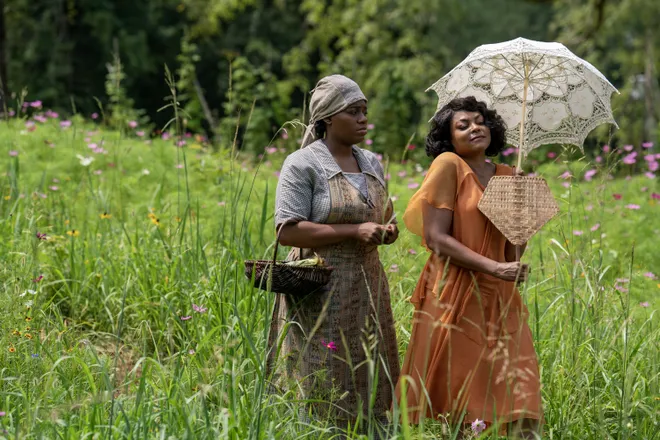
Spielberg’s movie was criticized for softening the sexual encounters between Celie and nightclub singer Shug Avery, depicting just a single kiss. Gardley rectifies that with scenes of them waking up in bed together, and Celie (Barrino) fantasizing about a photograph of Shug (Taraji P. Henson). They also share a passionate kiss after the duet "What About Love?" in which they dream of being Hollywood starlets dancing in each other's arms.
"It depicts a world in which they could be together," Gardley says. “That relationship is at the core of this story, and I hope queer audiences feel like we've done them justice."
'The Color Purple' movie review:A fantastic Fantasia Barrino brings new depth to 2023 film
Halle Bailey's Nettie gets a playful new song
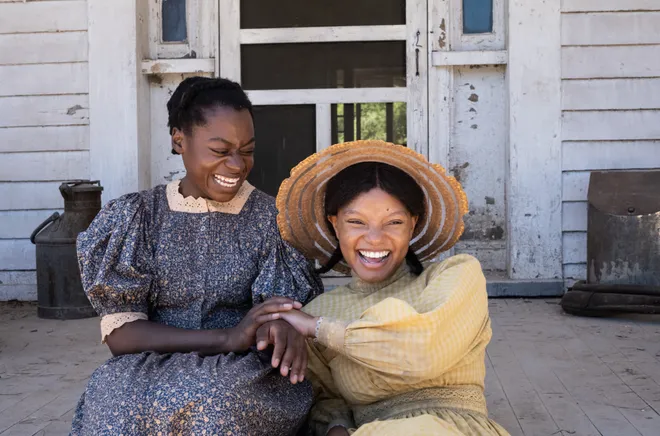
The new movie has a handful of new songs, including ones for young Celie (Phylicia Pearl Mpasi) and her sister, Nettie (Halle Bailey). "She Be Mine," which was cut from the Broadway show, takes place in Celie's mind as she longs for her two children, who were snatched away from her at birth. "It's the first time we know what she's thinking," Gardley says. “She’s not quiet ‒ she’s actually surviving through her imagination."
"Keep It Movin'," which Bailey co-wrote for the movie, is an upbeat anthem the sisters sing before they get separated by Celie's abusive husband, Mister (Colman Domingo). "At this moment in the film, there’s a lot of tragedy and we wanted to bring levity,” Gardley says. “It's the last moment these sisters have before Nettie is (sent away). We wanted to depict the love they have for each other."
"Miss Celie's Blues" is brought back from the original movie
Another number that’s been restored is “Miss Celie’s Blues,” which was featured in the Spielberg movie but not included in the Broadway musical. In the original film, Shug performs the song at a juke joint to cheer up Celie and remind her of her worth. She sings it later in the new movie, at a parlor party celebrating Celie’s newfound freedom from Mister.
Quincy Jones, who co-wrote the song and produced both films, fought to reinstate the Oscar-nominated tune. “He felt like you couldn't do ‘The Color Purple’ without that song,” Gardley says. “One of my challenges was how do we repurpose the song right, and make it more of an intimate moment between Celie and Shug?”
The 2023 'Color Purple' also restores another classic scene from Steven Spielberg's movie
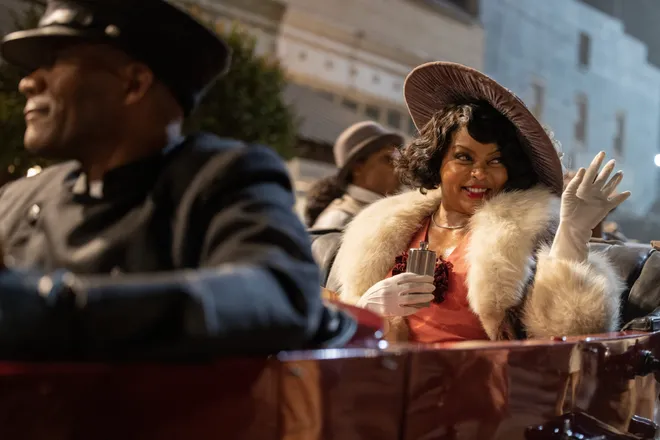
Near the end of the original film, Shug parades into church singing "Maybe God Is Tryin' to Tell You Somethin'," telling her estranged pastor father, "See, Daddy? Sinners have soul, too." Although cut from the Broadway show, a new version of the scene appears in Bazawule's movie, with a gentle duet of the song between Shug and her dad (David Alan Grier).
"For a lot of people, that is the most important scene in the Spielberg film," Gardley says. "I wanted to give that scene back to them. Also, it completes Shug's journey. This movie is so much about forgiveness."
Mister is less of a one-dimensional villain in the new movie
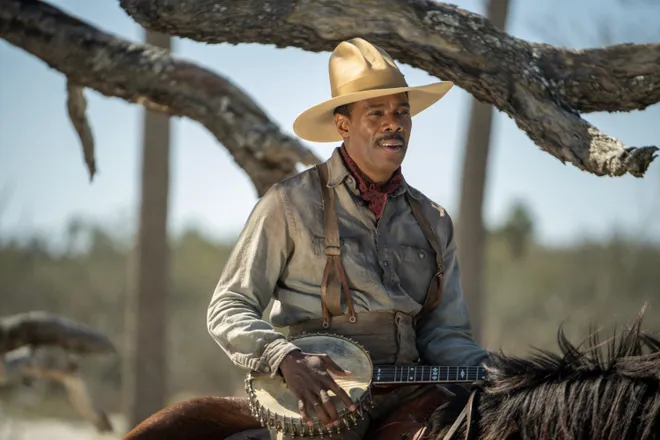
Mister’s redemption arc is also given added nuance. More screen time is devoted to Mister reckoning with his horrific treatment of Celie. He apologizes to her, and raises money so Celie's grown kids and Nettie can return home from Africa. The movie, of course, does not excuse Mister’s actions, but it tries to understand what drove him to be so hateful.
“Once we put a banjo in his hand, you could see that he always had dreams that were never going to be fulfilled,” Bazawule says. “When he’s drunk, he goes, ‘I could have been in Shakespeare!’ To me, that summed everything up. It's a bunch of ‘could have beens, should have beens’ for him. Because he's hurt, he hurts others.”
'I'm Here' starts differently than in the Broadway show
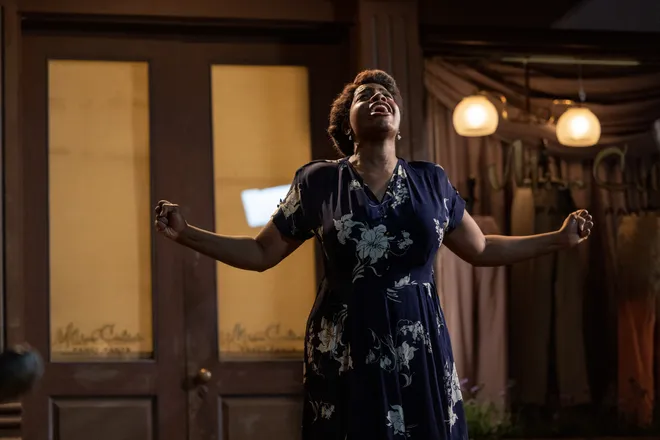
The musical’s most well-known song is easily “I’m Here,” Celie’s powerhouse anthem about learning to love herself. The setup of the number is slightly different from the musical: Onstage, Celie gets her heart broken by Shug and begins singing “I don’t need you to love me.” But that scene and lyric are cut from the new movie. Instead, the song becomes more about Celie wishing her family were back home.
“Being slighted (by a lover) is a good place to start a moment like that, but I felt it needed a deeper meaning to Celie,” Bazawule says. “Nothing could be deeper to her than the separation of her sister and her kids. I found that a much stronger jumping-off point.”
'I dare not stay quiet':Fantasia Barrino accuses Airbnb host of racial profiling
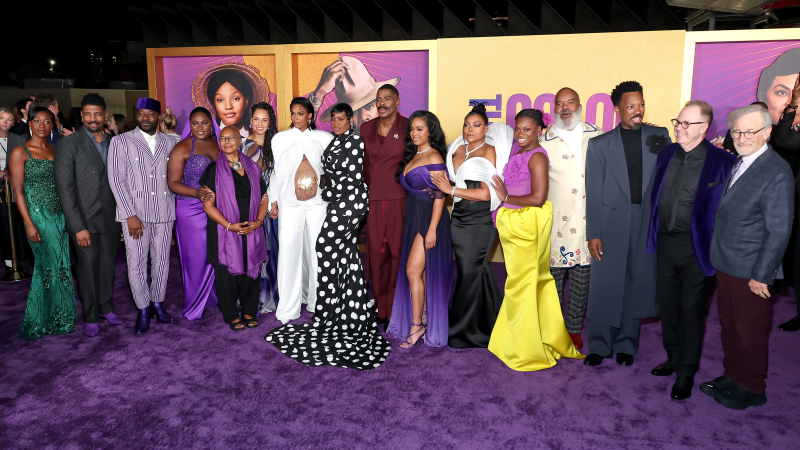
Disclaimer: The copyright of this article belongs to the original author. Reposting this article is solely for the purpose of information dissemination and does not constitute any investment advice. If there is any infringement, please contact us immediately. We will make corrections or deletions as necessary. Thank you.







